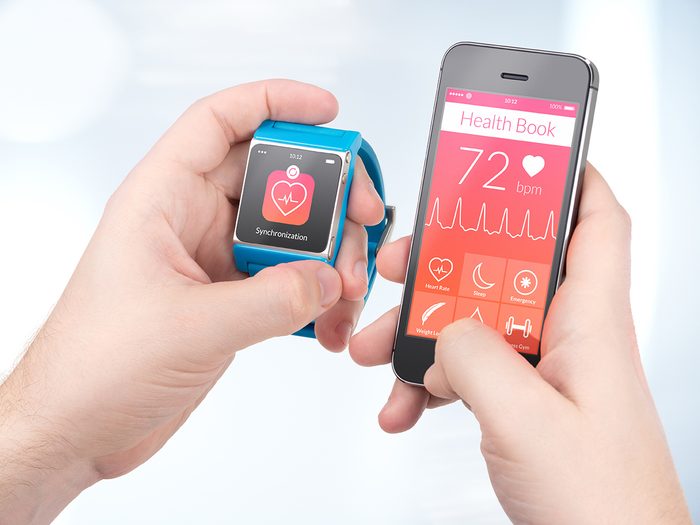How to Protect Your Health Data on Your Tech

An expert shares what you need to know about keeping your information private.
“Health data is the most sensitive personal information that exists,” says Ann Cavoukian, executive director of the Global Privacy and Security By Design Centre and former three-term information and privacy commissioner of Ontario. In the wrong hands, she explains, health data can spell capital T trouble for individuals.
Big players like Garmin, Fitbit and Apple state that they don’t share user data from their devices, and Cavoukian feels most confident in Apple’s end-to-end encryption. Leaks and breaches can happen, however, if a user allows access to a third-party app (to analyze the results of their heart rate tracking, for example).
Here are three ways you can protect your data privacy:
1. Read the fine print.
“Before you consider putting on a third-party app, think through the potential consequences,” says Cavoukian. “Are you certain that none of your data will be shared without your consent?” If you can’t easily find the info, she says, email the company directly. “And if you don’t get any kind of response back or they just point you to some web page, don’t do it.”
2. Turn off location tracking.
Many apps that ask for it will work just fine without your location—and there’s good reason to turn it off. In a New York Times investigation into smartphone tracking, privacy researcher Paul Ohm noted that location tracking data is never truly anonymous. “Really precise, longitudinal geolocation information is absolutely impossible to anonymize.”
3. Lock data down with two-factor authentication.
With two-factor authentication, anyone logging into your account needs to enter a code sent to another device, like your phone.
Next: Here’s How a Smart Watch Helped Save Hal Johnson’s Life—And a Warning About Wearable Tech




